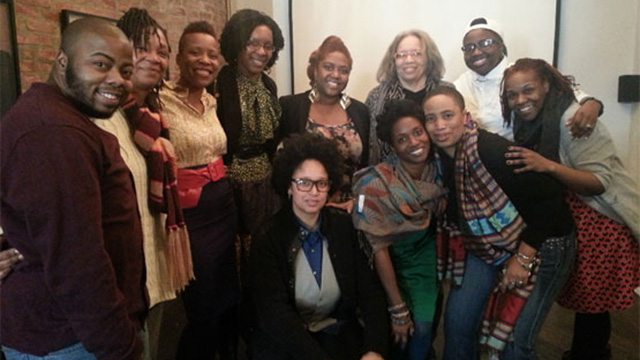This post first appeared at YES! Magazine.

(Photo: Black Women’s Blueprint)
When Farah Tanis began to meet with a group of low-income women to discuss their economic challenges, she found that nine out of 10 were survivors of domestic violence or sexual assault.
“Most of us had grown up in poverty and we started looking at what were the systemic causes of poverty for us,” said Tanis. “We started looking at economic security as a human right and an extension of the civil rights.”
Out of those conversations came the Black Women’s Blueprint, a group that now anchors a bartering network, a sou-sou (savings pool) and several other cooperative projects.

Farah Tanis (Photo: Christina Jaus)
“It prevented homelessness, starvation and kids being left at home alone by themselves. The barter network builds community and it builds trust,” Tanis, co-founder and executive director of Black Women’s Blueprint, said at a panel discussion co-sponsored by GRITtv.
From the Underground Railroad to the civil rights movement and beyond, cooperative strategies developed by African-American women have played a leading role in helping communities survive hard times, said economist Jessica Gordon Nembhard, author of Collective Courage, a History of African American Cooperative Economic Thought and Practice.
“Like most women, black women have always been in the background,” Gordon Nembhard said. “Often the leaders and the spokespeople were men but the people doing all of the work and the strategizing were women.”


